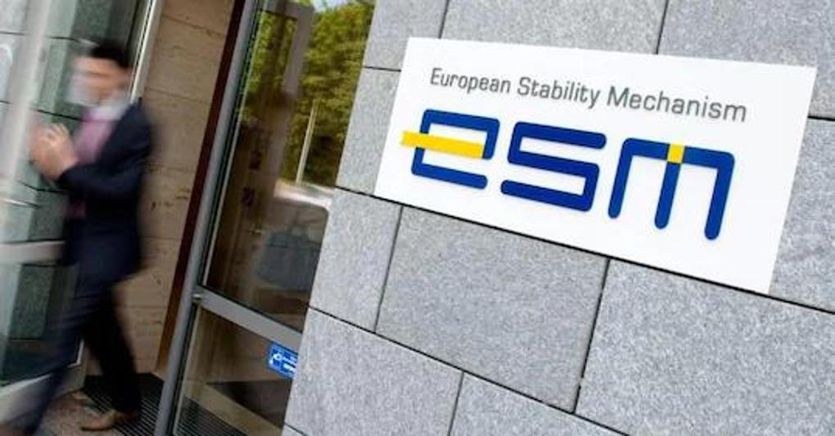The European Stability Mechanism (MES), also known as the “State-saving Fund”, was created in the wake of the interventions in the sovereign debt crisis of 2010. Established in 2012 with an intergovernmental treaty, it serves to grant financial assistance to the countries under pre-established conditions members struggling to finance themselves. Up to now it has intervened in aid of Ireland, Portugal, Cyprus, Spain and Greece (for a total of 295 billion also considering the interventions since 2010). In exchange for the loans, a macroeconomic adjustment program is expected, draconian reforms according to the most critical. Lighter criteria are instead required for precautionary credit lines, for states hit by adverse shocks but in sound financial conditions.
Mes also on the field for the Covid emergency
A few months after the outbreak of Covid, the Mes was also put in place with a credit line for 240 billion, to support the pandemic crisis, available to eurozone countries to finance the costs associated with the health emergency (up to now not used by Member States).
The governance
It is led by a Board of Governors, made up of the 19 finance ministers of the euro area, and takes the main decisions unanimously. It has a subscribed capital of 704.8 billion, 80.5 billion already paid up, with a lending capacity of 500 billion. Italy, the third shareholder after Germany and France, has subscribed the capital for 125.1 billion, paying over 14.3 billion.
The 2021 reform
The reform of the Mes Treaty of 2021, voted in the Council in Brussels during the second Conte government, further intervenes on the conditions for financial assistance and on the differences between the lines with enhanced or simple conditionality. The heart of the reform, however, is to attribute to the Mes the function of providing a financial safety net (backstop) to the Single Resolution Fund in the context of the banking crisis management system. In other words, as an instrument of assistance to states, the Mes also comes into play in banking crises, a central step in completing the banking union. Among other things, it provides that the Mes can act as a mediator between states and private investors in the event that the restructuring of a public debt is needed.
